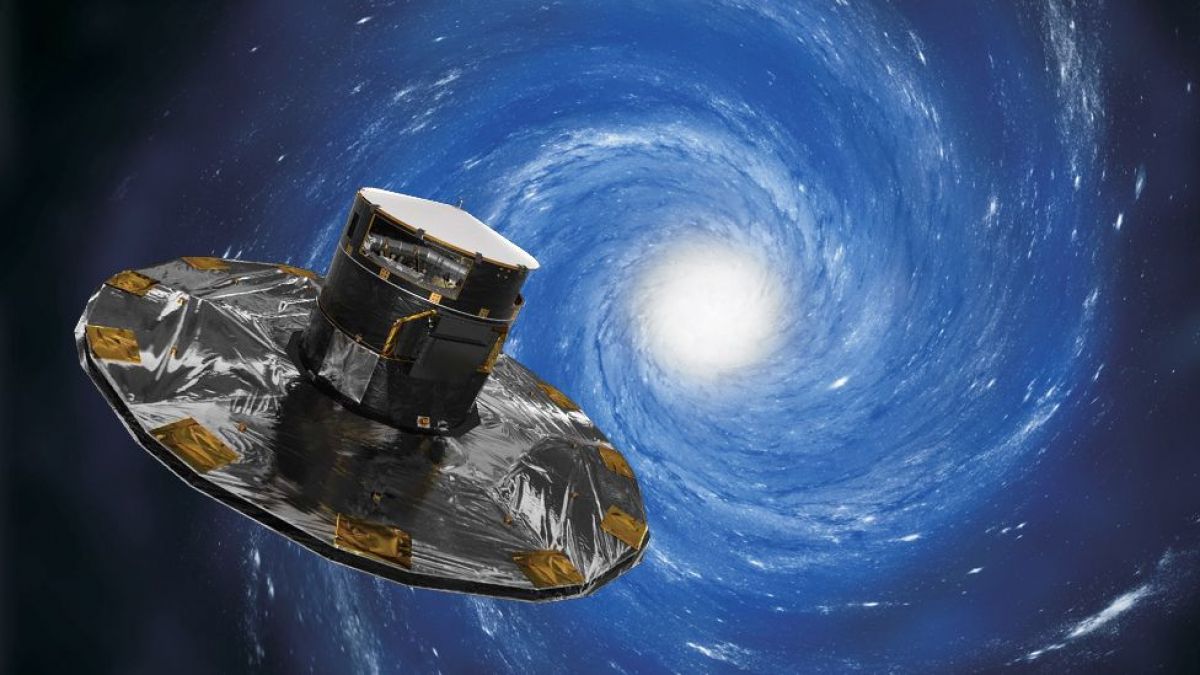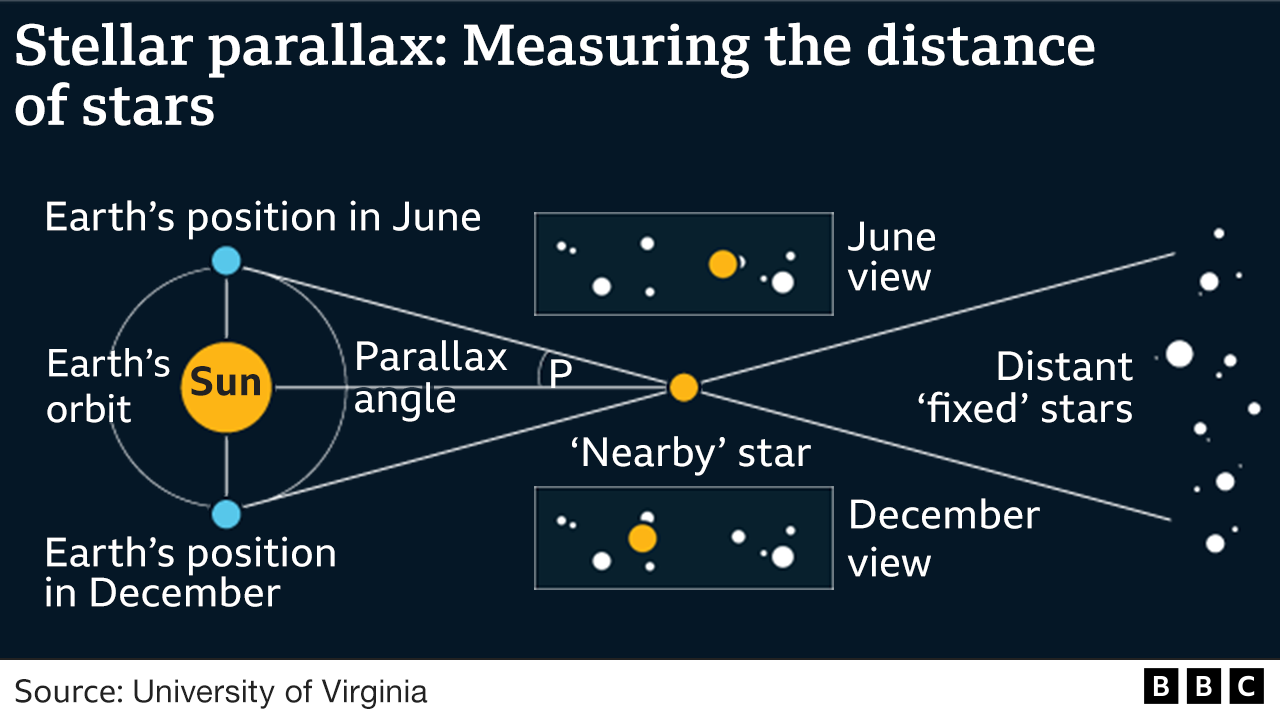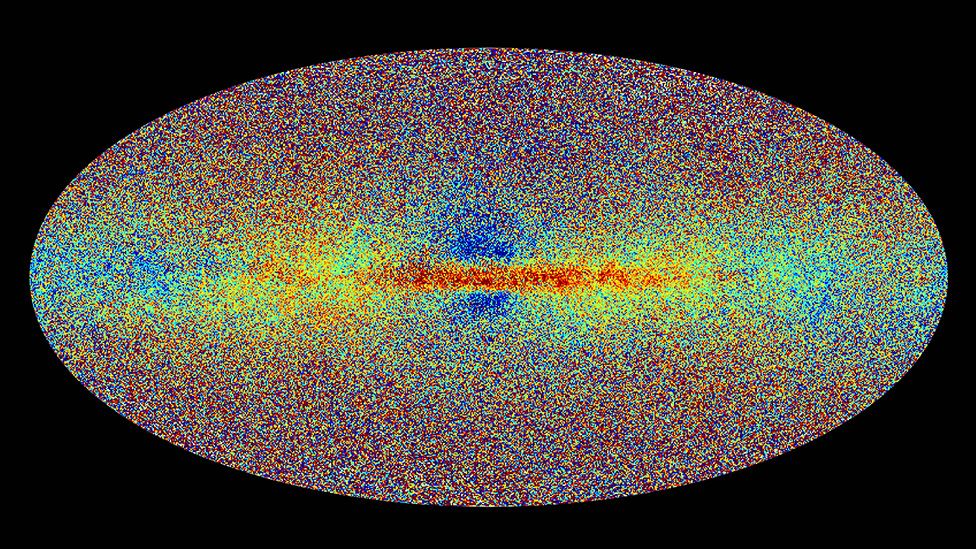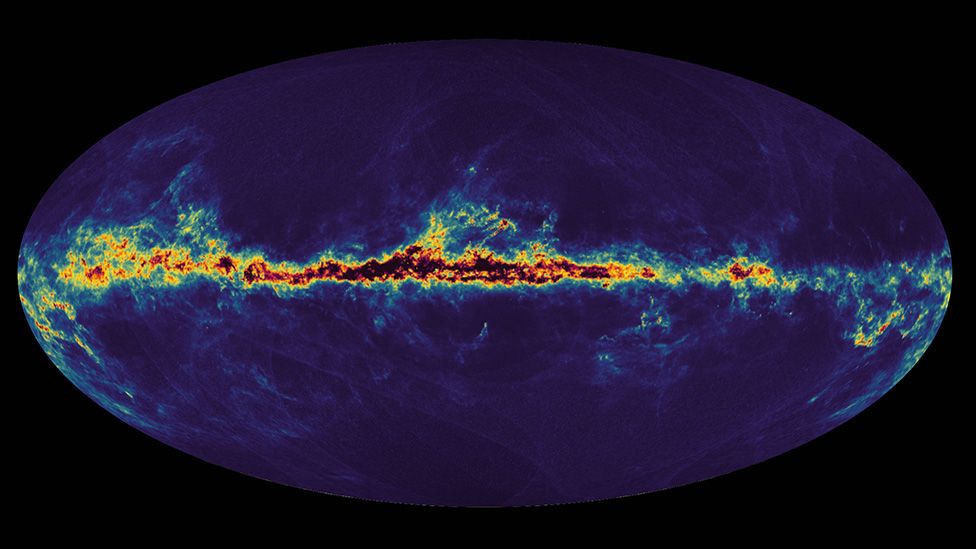Gaia proceeds mission for the supreme skies map
Europe’s Gaia telescope has actually dropped its most current set of information as it looks for to set up the biggest brochure of source of lights overhead.

Europe’s Gaia telescope has actually dropped its most current set of information as it looks for to set up the biggest brochure of source of lights overhead.
It is coming to be an exploration maker like nothing else.
Stars, planets as well as far-off, brilliant galaxies – anything that can be noticeably identified is having its essential data gauged by the observatory.
Gaia has actually currently mapped the settings of almost 2 billion items. Currently, it can expose a lot more regarding their makeup.
“Essentially, previously, we could say very precisely where they are; now we can say what they are,” Prof Nick Walton, from Cambridge College as well as a participant of the Gaia scientific research group, informed BBC Information.
The European Room Company’s (Esa) Gaia satellite was introduced in 2013 as well as positioned a million miles from Planet.
It looks a little bit like a rotating stovepipe hat. And also as it revolves, the telescope utilizes its British-built billion-pixel video camera to track whatever that radiates or relocates – with impressive precision.
This is specifically crucial when attempting to gauge ranges to items, which Gaia attains by tracking just how these targets totter ever before so somewhat on the skies as it circles around the Sunlight – a cool kind of trigonometry that has actually currently been practiced on 1.8 billion celebrities in, or extremely near, our Galaxy galaxy.

- As the Planet walks around the Sunlight, reasonably neighboring celebrities show up to relocate versus the “fixed” celebrities that are also better away
- Since we understand the Sun-Earth range, we can make use of the parallax angle to exercise the range to the target celebrity
- However such angles are extremely tiny – much less than one arcsecond for the nearby celebrities, or 0.05% of the moon’s size
- Gaia is making repeat monitorings to decrease dimension mistakes to 7 micro-arcseconds for the extremely brightest celebrities
- Parallaxes are made use of to secure various other, a lot more indirect methods on the ‘ladder’ released to gauge one of the most remote ranges

In the previous launch of information, in December 2020, Gaia likewise exposed standard illumination as well as colour details on these celebrities.
The brand-new information discard exposes spectroscopy details also.
Spectroscopy cuts the light originating from celebrities right into its component colours, to expose the chemistry, temperature level, mass, age as well as rate of the targets under research.
And also for a vital part of celebrities – some 33 million – it has actually permitted Gaia researchers to identify just how swiftly these items are relocating in the direction of or far from Planet.
Integrated with their formerly developed motion throughout the skies, this implies we currently have their complete three-dimensional practices.
Such details will certainly provide scientists also keener understandings on just how the Galaxy galaxy is structured as well as is developing – from the past, right into the future.
Gaia’s information transport currently consists of:
- 2 billion source of lights – mainly celebrities yet likewise several Planetary system items as well as some past the Galaxy
- spectroscopic information disclosing temperature level, chemistry, mass as well as age for 100s of numerous items
- 1.9 million quasars – far-off galaxies where a starved main great void is powering light exhaust
- 156,000 planets – crucial for comprehending their beginning as well as opportunity of them passing near Planet
As Well As with several of these 3D celebrities likewise mapped in the neighboring Andromeda Galaxy, we must have a much better suggestion of just how as well as exactly when its mass will certainly combine with the Galaxy – something anticipated in the following couple of billion years.
Among one of the most unusual explorations appearing of the brand-new information is the acknowledgment that Gaia can do supposed asteroseismology. This is the research of celebrities’ refined surface area vibrations, which allow researchers to take out details such as just how huge a celebrity is as well as just how old it is.
“Starquakes teach us a lot about stars, notably their internal workings. Gaia is opening a goldmine for asteroseismology of massive stars,” stated Prof Conny Aerts from Belgium’s KU Leuven.
Whenever Gaia drops its most current dataset (as well as this is the 3rd complete launch), it is instantly extracted by astronomy teams around the globe.
A few of these groups have academic documents all set to release as well as simply require Gaia’s numbers to finish their tasks.
For contending teams, it will certainly be a race to see that can release initially.
Warm subjects will certainly consist of the look for high-velocity celebrities, which relocate at numerous kilometres per secondly.
“The most likely scenario for how these stars are getting such high velocities is that they must have been close to our galactic centre, which has the physics to produce these accelerations,” Esa’s Gaia task researcher Dr Timo Prusti stated.
“So far, these stars have been more like candidates, because the Gaia accuracy has not been sufficient [to fully understand them], but I’m sure astronomers will be ready with their queries to attack the new Gaia data.”
Various other warm subjects all set to be extracted consist of whether celebrities are improved in aspects larger than hydrogen as well as helium, or diminished.
The reduced “metallicity” celebrities are the even more interesting due to the fact that they are possibly older, maybe in the very first team that collaborated to create the Galaxy.
The Gaia telescope goal might have introduced simply over 8 years ago yet Monday’s information launch stands for just the very first 34 months of its scientific research procedures.
An additional 5 years of collected information has yet to be completely refined.
And also with Gaia anticipated to maintain scanning the skies till 2025, maybe completion of the years and even the very early 2030s prior to every one of its details is placed in the general public domain name.
“What do you get from that extra time? Well, it bashes down uncertainties for one thing. But the main advantage is in increasing your sensitivity to things that are changing,” Prof Gerry Gilmore, from Cambridge College, informed BBC Information.
” Particularly, this holds true for the oscillations of celebrities that inform us there are worlds walking around them.
” If you have actually just obtained one year of information, you can just locate worlds that are extremely, extremely near their celebrities.
“But after 10 years of observations, you will find planets far from their parent star, indeed families of planets.”
By the end of its goal, Gaia might have determined 10s of hundreds of worlds in the Galaxy.





Leave a Reply